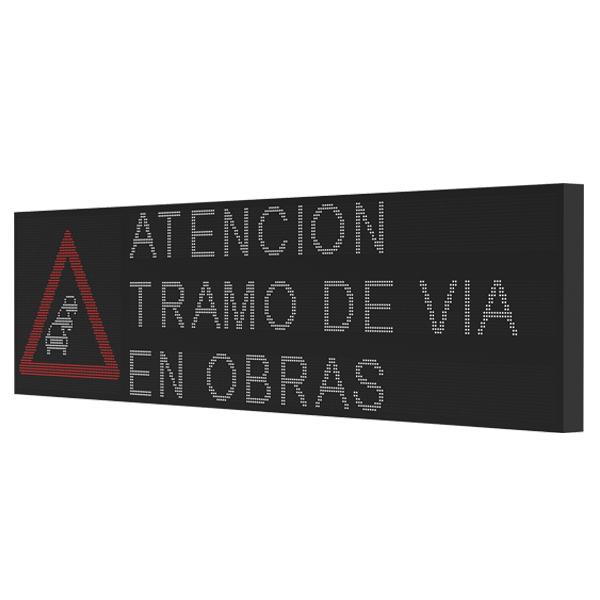Introduction: Navigating the Challenges of Road Safety
Picture yourself driving through a bustling city, where road traffic signs abound—guiding, warning, and instructing drivers. Yet, despite their importance, issues frequently arise in their visibility and effectiveness. How can we ensure that these vital signs communicate effectively in all conditions? The prevalence of accidents related to miscommunication highlights a dire need for reliable road traffic signs that adapt to today’s needs.

Flaws of Traditional Solutions: A Comprehensive Look
Traditional road traffic signs, though fundamentally necessary, often suffer from flaws including poor visibility under adverse weather conditions and decay from environmental factors. Many signs utilize outdated reflective technology, rendering them ineffective at night or during inclement weather. What happens when drivers can’t see warning signs until it’s too late? This invariably leads to accidents—proving that the status quo is no longer sufficient.
Principles of New Technology: A Bright Future
With the advent of advanced materials and smart technologies, new principles are emerging to revolutionize road traffic signs. Innovations such as LED technology enhance visibility significantly, making signs brighter and more noticeable. Moreover, integrating sensors can allow for dynamic messages that change based on real-time conditions. Imagine—road traffic signs that adapt not just to time, but also to the situation at hand.
Quantified User Benefits: Numbers That Speak
The user benefits of modern road traffic signs cannot be overstated. Studies show that signs with LED illumination reduce accidents by up to 50% compared to their traditional counterparts. Enhanced visibility translates to enhanced safety, providing peace of mind for drivers and pedestrians alike. Around the globe, jurisdictions are witnessing significant improvements in traffic management, driving the push for smart signage forward.

Conclusion: Evaluating Your Options
When considering the integration of modern road traffic signs, always verify these 3 metrics when choosing solutions: ① Visibility—are the signs easily seen at night? ② Durability—can they withstand environmental factors? ③ Adaptability—do they offer dynamic messaging features? Addressing these criteria can ensure enhanced road safety for all users.
A Bright Solution: The Role of LED Traffic Signals
Understanding the significance of efficient traffic management, the utilization of led traffic signal systems has become crucial in contemporary road infrastructure. These signals not only improve visibility but also respond dynamically to traffic conditions. Thanks to their energy efficiency and longevity, they present a sustainable solution for municipalities aiming to enhance safety while reducing operational costs. The ease of installation further solidifies their advantage in traffic operations. Ultimately, adopting LED technology in traffic signals can lead to smoother traffic flow and minimized accidents.
The Impact of Traffic Management Signs on Safety
In conjunction with intelligent signal systems, effective traffic management signs play a pivotal role in ensuring safe travel. Such signs provide real-time information regarding traffic conditions, hazards, or changes in road rules, thereby aiding drivers in making informed decisions. The real-time adaptability of these signs significantly contributes to road safety by alerting drivers to potential risks ahead. When integrated with data-driven traffic management systems, these signs significantly reduce congestion and enhance the overall traffic experience.
Conclusion: Embracing Modernity with Chainzone
The transition towards advanced road traffic solutions, such as those offered by Chainzone, presents a unique opportunity to enhance safety, reduce accidents, and improve traffic flow. Their supply advantages guarantee that municipalities have access to the best technology available. By prioritizing metrics that matter, we can navigate towards a safer future for all road users.